Graham Reid | | 5 min read
Hell in Paradise
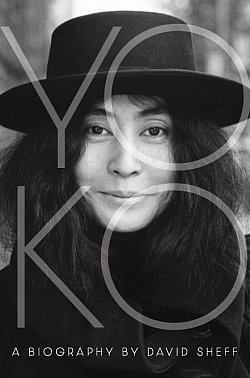
It’s pithy and pointed . . . but not entirely true.
A lot of people did know what Yoko did, they just didn’t like it.
To be fair, conceptual and performance art are hard for many people, especially in a world where art is mostlycommodified as artefacts with a commercial value, objects to be bought and sold.
Ono’s early art wasn’t like that, it took the form of events or ideas.
Her music was even more repellent to many, her screaming made little sense and was intimidating to an audience used to melodies and lyrics, and – especially when she brought it into Lennon’s world of pop music – just plain annoying if not risible.
Again, context is everything.
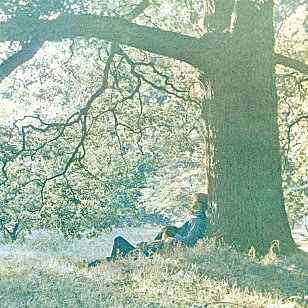 These days many more people acknowledge her 1970 Plastic Ono Band album (a longtime Essential Elsewhere album) – a companion volume to Lennon’s courageous POB album where he announced “I don’t believe in Beatles” – as a landmark of avant-grade music and enormously influential on the post-punk era.
These days many more people acknowledge her 1970 Plastic Ono Band album (a longtime Essential Elsewhere album) – a companion volume to Lennon’s courageous POB album where he announced “I don’t believe in Beatles” – as a landmark of avant-grade music and enormously influential on the post-punk era.
That said, the internet is still awash with a video clip of her approaching a microphone in what looks like an art gallery to unleash her screams of anger and pain, to which people add captions like, “Yoko Ono sings Nessun Dorma”, “Yoko Ono sings Leonard Cohen’s Hallelujah” and so on.
More than half a century on she is the subject of ridicule and still – despite considerable evidence to the contrary – characterised in some circles as the woman who broke up the Beatles.
Over the decades there has been the steady rehabilitation of Ono through tribute, reissue and remix albums, and major exhibitions of her art in some of the world’s most prestigious galleries and institutions.
In recent years there have been a number of books and monographs about the art and life of Yoko Ono, many prompted by the fact she is unwell and 92 at the time of this writing.
David Sheff, a journalist and writer, was one of the last people to interview John and Yoko when they were talking up their Double Fantasy album, just days before Lennon’s murder.
He had considerable contact with Yoko over the subsequent years, and with her son Sean and daughter Kyoko, as well as many who were her friends, artistic peers and fellow travellers through the art scenes of Tokyo, New York and London.
It’s a measure of how this book is weighted that Ono’s personal and artistic life is addressed in the first third establishing her career and credentials before she met Lennon, a third is about their creativity together, and the final third the life and career after his death. Sheff keeps his eye on her creative life rather than drilling down into the gossip and innuendo that she endured.
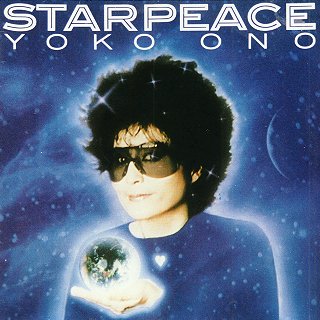 If the first third is emotionally flat and detailed, it is noticeable that the final third is more sympathetic and protective of the person he got to know. Some aspects of her life with Lennon – the rumoured relationship with guitarist David Spinozza, the derision some poured on her albums (she sang in the key of flat, Starpeace producer Bill Laswell told me) – are omitted.
If the first third is emotionally flat and detailed, it is noticeable that the final third is more sympathetic and protective of the person he got to know. Some aspects of her life with Lennon – the rumoured relationship with guitarist David Spinozza, the derision some poured on her albums (she sang in the key of flat, Starpeace producer Bill Laswell told me) – are omitted.
But what becomes clear is how consistent her artistic vision was: her “imagine” instructions which are like Zen koans, and installation and performance pieces were well established before she met Lennon but their cultural cachet and notoriety together allowed them – like her bag pieces and her book Grapefruit – to be taken to a global audience.
Lennon belatedly acknowledged her as the co-writer of Imagine.
She wasn’t what the public imagined a Beatle wife to be. As New York Times writer Amanda Hess observed, “her image stands in contrast to those of other Beatle partners – modelesque white women in chic outfits who occasionally swoop in with kisses, nod encouragingly and slip unobtrusively away”.
Yoko was there – a Japanese woman artist – standing as an equal to Lennon and in that regard was in the vanguard of feminism, sometimes in hot pants. She was quietly spoken but also outspoken.
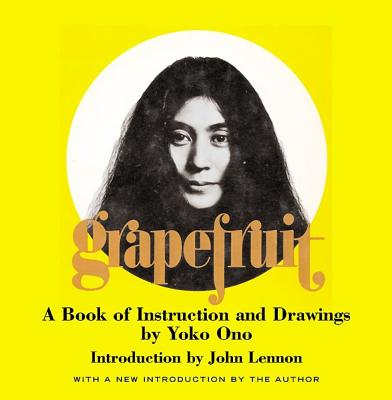 In that first third Sheff keeps the focus on her personality (her lonely childhood, independent streak, determination in the face of indifference or racism) and her art. It makes for an important revision of her image for those unfamiliar with it as she became part of movements like Fluxus.
In that first third Sheff keeps the focus on her personality (her lonely childhood, independent streak, determination in the face of indifference or racism) and her art. It makes for an important revision of her image for those unfamiliar with it as she became part of movements like Fluxus.
One wag has noted “John Lennon broke up Fluxus”.
That said, her self-centred careerism and abruptness – she treated both her husbands before Lennon as servants who should do her bidding – make her an unsympathetic figure. But again, she was just being herself and many would not that meant no less than a man in her position would do.
It made her a lot of enemies and the subject of racism, misogyny and worse.
The sheer number of death threats and malicious messages she received after her husband’s killing is breathtaking and a necessary inclusion to show the depth of hatred she endured.
That she slowly rose above all that – she said her job after Lennon’s death was just to survive – and rebuilt her music and art career is testament to her tenacity.
Sheff notes too that a year after Lennon’s death she had another partner, Sam Havadtoy, who maintained a discreet presence until they separated after almost 20 years.
Both Sean Lennon and Kyoko Ono, among others, fill in the detail of her mostly private life of the past 40 years. Artists, musicians, collaborators and museum curators fill in the public life.
As a biography of an artist, as much as an important figure in contemporary culture, Sheff’s book – which has some rather strange and unnecessary repetition in places – is a straightforward and persuasive work which makes you realise that Lennon both elevated and damaged her career as much as she changed the direction of his.
.
YOKO, A BIOGRAPHY by DAVID SHEFF Simon and Schuster $60
There is a considerable amount of Yoko Ono at Elsewhere including a number of interviews, many album reviews, overviews and concert reviews. Start here.

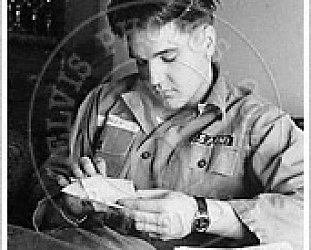
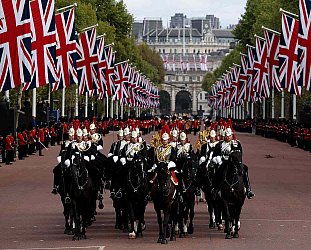

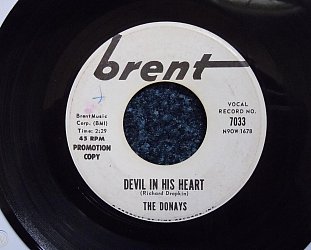
GlimmerTwin - Apr 6, 2025
The recent death of broadcaster Andy Peebles and recent book by Elliott Mintz has highlighted that Ono kept select journalists close and kept cultivating them in order to keep the brand alive . Above all else Ono is a marketing expert similar to Andy Warhol. It’s all carefully crafted . Is it all “ Gimme Some Truth” ?
SaveGraham Dunster - Apr 7, 2025
The Guardian review was less positive than yours, for some reason...
Savepost a comment